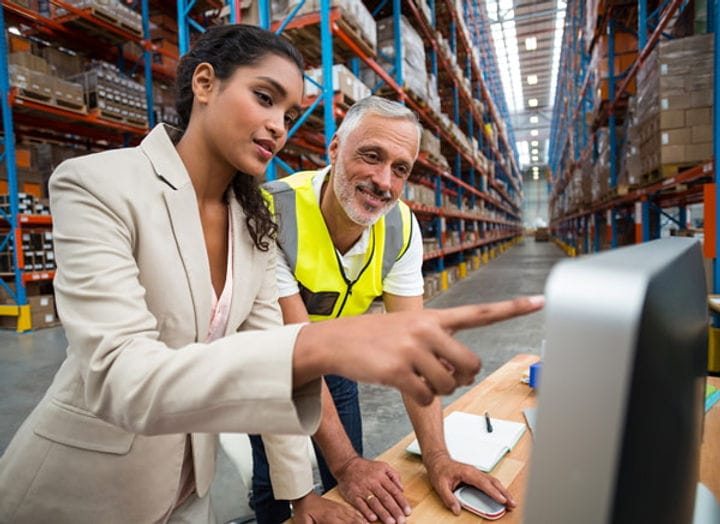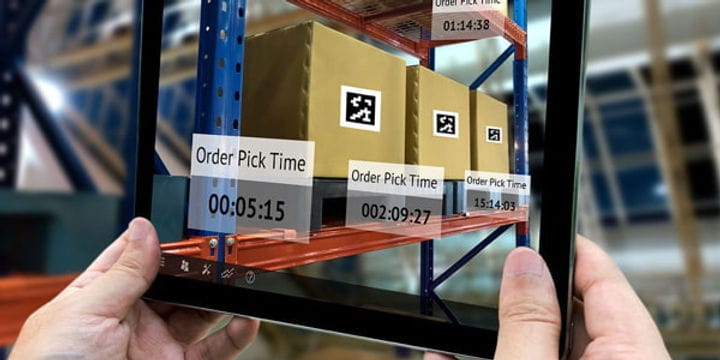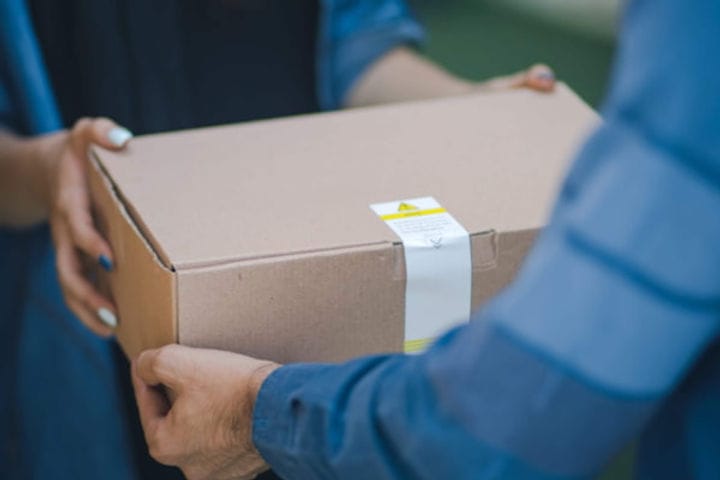The pandemic has brought about many innovations across all sectors, and logistics is no exception. With numerous changes aimed at enhancing technology, streamlining processes and procedures, and investing in infrastructure, among others.
User experience, technology enhancement, privacy respect, diversification of payment systems, and process simplification are some of the trends that will characterize the retail market over the next year. At the same time, reducing risk and time in the supply chain is a priority for e-commerce companies.”

Logistics operations in retail are adapting at an accelerated pace due to changes in consumption patterns, necessitating reinvention and the development of strategies to remain competitive.
Retailers must reinvent themselves and act at record speed as customers demand immediate responses to their needs. Additionally, the dynamics of the supply chain itself are changing.
As buying and consumption habits evolve, retail logistics must be restructured and modernized to meet customer demands across all channels while increasing competitiveness.
Renewal of logistics operations in retail
The retail sector is ubiquitous in modern cities, simplifying the process of acquiring goods. This wouldn’t be possible without the development of logistics, which plays a crucial role in distributing these products.
For retailers, these processes encompass everything from handling to packaging, transportation, and distribution. Process studies determine the need for stocking to supply exact quantities required to meet demand. Prices and brand loyalty also influence this entire chain.
To ensure effective fulfillment, especially considering the transformation of consumption, the renewal of logistics operations is necessary. This will guarantee proper supply and customer service.
In this regard, we present some strategies for implementation in your business:
Conversion of retail stores
This trend involves converting and adapting physical stores into smaller distribution centers, such as dark stores and mini-warehouses.
Converting retail points of sale can bring products closer to customers, saving time and money, and making businesses more competitive.

Personalization
In this paradigm shift, the consumer is at the center of any retail distribution strategy. Therefore, it is crucial to meet their needs and offer a memorable customer experience.
Take the necessary time to understand your customers—their purchase history, their desires, interests, and how they interact with your company—to personalize the entire experience. This is where technologies like big data and artificial intelligence can be relied upon.
Bots
The processing and distribution of goods using robots, as done by Amazon, is already a reality in the retail industry, and much of its success is attributed to software dominated by artificial intelligence.
These robots not only transport goods but also optimize delivery times and reduce the cost of logistics operations.

Digitizing the Last Mile
One of the objectives of last-mile freight transportation is to shorten the time to meet the need for immediacy.
In this case, alliances between retailers and courier and delivery services can streamline retail logistics while providing value.
Furthermore, they can innovate by considering the environmental impact, promoting delivery services with vehicles that use renewable energy to enhance the shopping experience.
Omnichannel
Strategies such as click-and-collect and purchasing products through mobile apps, implemented in large countries like Mexico by retailers such as Liverpool and Walmart, are some of the actions that can be developed for consumers who use multiple channels.
It’s about interacting with customers across channels and maintaining close contact with them at every stage of the customer journey.
This can be achieved through process automation, supported by technological tools such as machine learning, artificial intelligence, and IoT.
For example, according to a study, 82% of shoppers are more likely to buy online if they have the option to return the product to the store. The click-and-collect strategy gives retailers the opportunity to reduce their return rate by ensuring that customers are satisfied with their order before leaving the store.

Adopting Digital Channels to Promote E-commerce
Online sales have increased significantly since the pandemic, and this trend is expected to continue.
To achieve this, it’s essential to develop strong logistical and technical capabilities and form strategic partnerships with suppliers and couriers.
Delivery Management
To achieve the goal, it’s necessary not only to control inventory levels but also to plan the demand for the most requested products. This way, you’ll know which products you can produce in large quantities without harming your sales.
Digitization of the Supply Chain
According to Juan Carlos Pascual, director and operations and supply chain expert at Toolsgroup, digitizing the supply chain is already a necessity. He suggests strategies for extracting data from email, CRM, and social networks.
He also suggests using artificial intelligence, machine learning, and blockchain platforms to analyze the collected information and offer applications that promote flexibility and efficiency in the supply chain.
Taking these suggestions into account, it’s easy to identify the actions that must be applied to ensure that the supply chain functions correctly and provides a better shopping experience.
Diversification of Suppliers
To avoid shortages of both finished products and raw materials, it’s essential to contact local suppliers and those from neighboring countries. This avoids dependence on one or a few companies and does not affect the supply.


